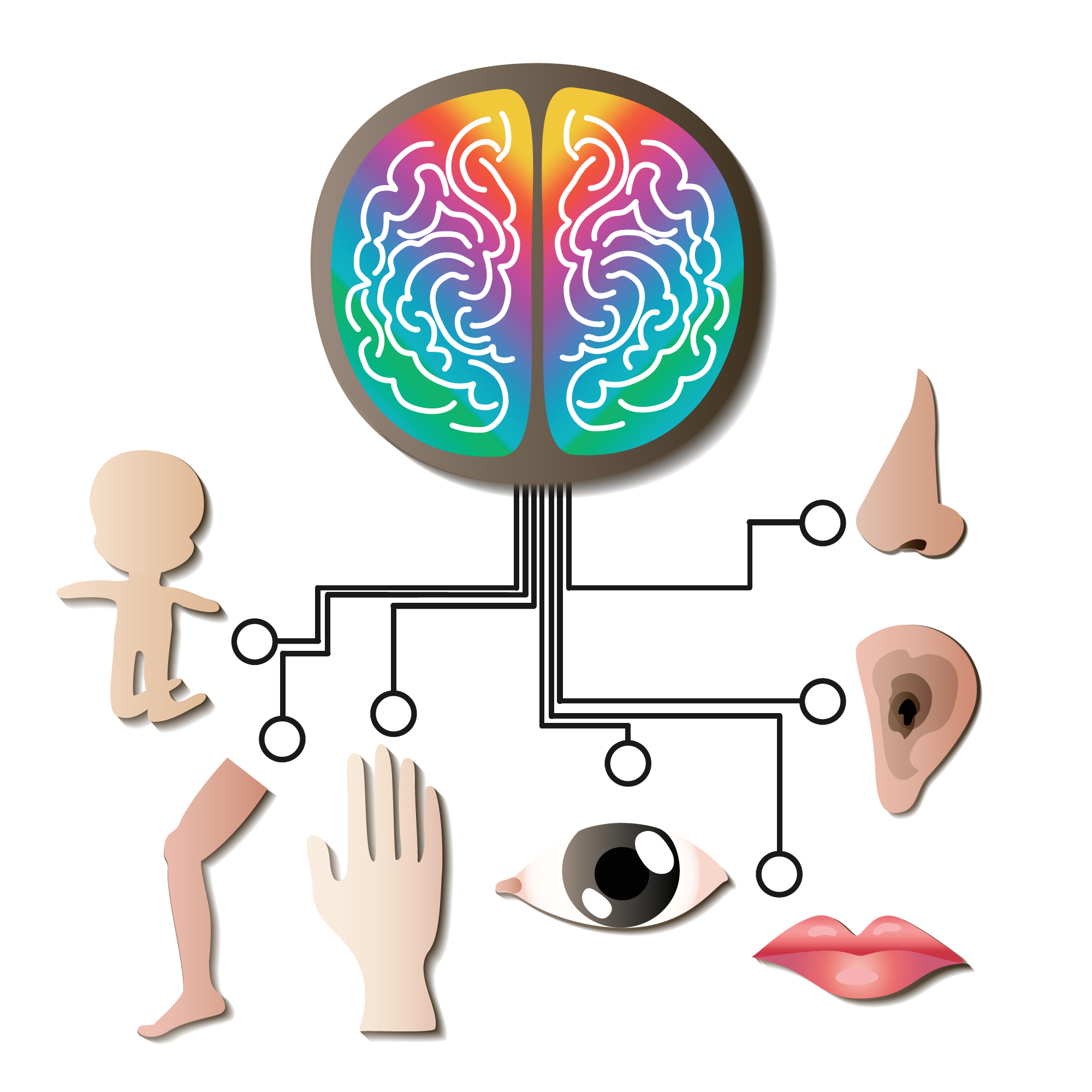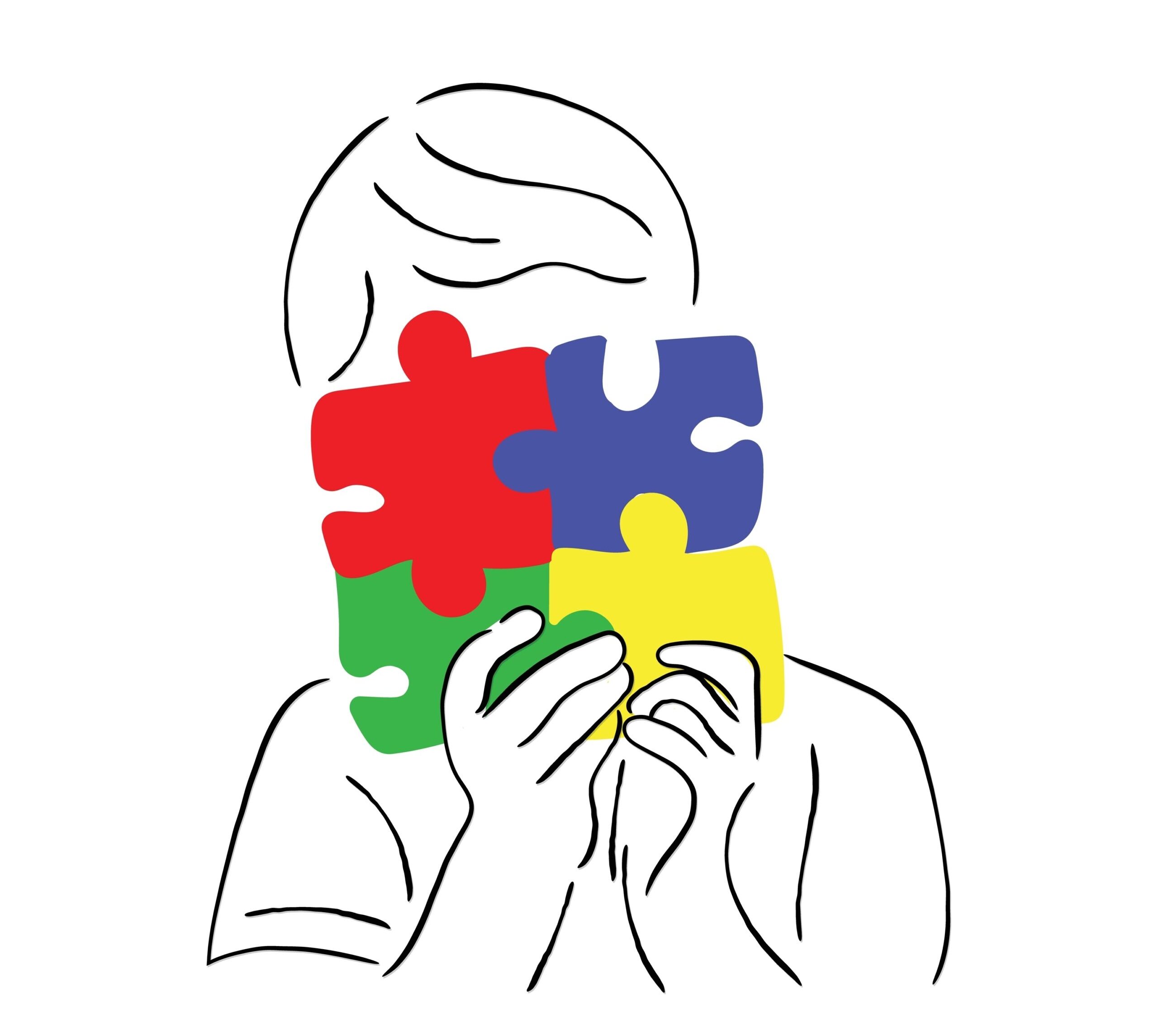
Blog
What White Spots on Kids’ Teeth Really Mean
Author: DrSensory
July 1, 2025
What White Spots on Kids’ Teeth Really Mean
White spots on children’s teeth are a common concern for parents—but are they harmless or a sign of something more serious?
In this blog, we’ll cover:
What causes white spots on baby and permanent teeth
Whether it’s fluorosis, enamel hypoplasia, or early decay
When to see a pediatric dentist for diagnosis and treatment
Breathing vs. Chewing: How Airway Health Impacts Oral Skills
How Baby Bottle Use Can Impact Oral Development
The Link Between Tongue Posture and Jaw Development in Kids

Fluorosis, Enamel Hypoplasia, or Early Decay?
White spots can look similar, but they come from very different causes. Understanding what’s behind them is key to knowing how to respond.
1. Dental Fluorosis
Cause: Too much fluoride while teeth are developing (typically before age 8)
Appearance: Faint white streaks or chalky spots on permanent teeth
Risk Factors: Swallowing fluoridated toothpaste, high-fluoride water
Concern Level: Typically cosmetic, not harmful—but may require treatment if moderate to severe
2. Enamel Hypoplasia
Cause: Disrupted enamel formation due to poor nutrition, illness, genetics, or trauma
Appearance: White, yellow, or brown spots; may look rough or pitted
Risk Factors: Premature birth, early childhood illness, vitamin deficiency
Concern Level: Often increases risk for tooth sensitivity and cavities
3. Early Tooth Decay (Demineralization)
Cause: Acid erosion from plaque and sugar, especially near the gumline
Appearance: Dull white spots (chalky or matte), especially on front teeth
Risk Factors: Poor brushing habits, sugary snacks, bedtime bottles
Concern Level: This is a red flag for potential cavities—early intervention can reverse it
How Dental Alignment Affects Chewing and Swallowing in Children
When to See a Pediatric Dentist
White spots don’t always require urgent care, but some may indicate underlying dental health issues. Schedule a visit if:
The spots are increasing in size, darkening, or changing in appearance
Your child experiences tooth sensitivity or pain
You’re unsure whether it’s decay, fluorosis, or hypoplasia
You’re concerned about aesthetic appearance or future tooth strength
A pediatric dentist can diagnose the cause with a clinical exam—and may recommend:
Remineralization treatments
Fluoride varnishes or sealants
Cosmetic bonding or microabrasion (for visible permanent teeth)
Diet and brushing guidance to prevent further issues
Understanding Your Child’s Dental X-Ray: What Parents Should Know
How Dental Alignment Affects Chewing and Swallowing in Children
Baby Teeth and Speech Development: How Are They Connected?
When Is Thumb Sucking a Problem? A Developmental Guide for Parents
Quick Parent Tips:
Use only a pea-sized amount of fluoride toothpaste for children under 6
Encourage thorough brushing, especially at the gumline
Avoid letting your child swallow toothpaste
Limit sugary drinks, especially in sippy cups or bottles
Schedule your child’s first dental visit by age 1
Signs Your Child May Have a Hidden Oral Restriction
Understanding Enamel Hypoplasia in Children
The Importance of Brushing Teeth Starting at a Very Young Age
Don’t Ignore White Spots
White spots on your child’s teeth are more than just a cosmetic concern—they may signal early decay, enamel weakness, or past overexposure to fluoride. The earlier you address them, the better your chances of preventing long-term dental problems.

🔍 Frequently Asked Questions (FAQ)
❓ Are white spots on baby teeth normal?
Some white spots can be harmless or developmental. Others may indicate early decay or hypoplasia. A dentist can help determine the cause.
❓ Can you reverse white spots on teeth?
Early decay-related white spots can often be remineralized with fluoride or calcium-phosphate treatments. Cosmetic options exist for permanent teeth.
❓ Is fluorosis dangerous?
Mild fluorosis is cosmetic and not dangerous. Severe cases may require aesthetic treatment but do not typically harm overall tooth function.
❓What’s the difference between white spots from decay vs. fluorosis?
Decay spots are often dull and rough, while fluorosis appears as smooth, bright white streaks or specks.
related blogs
Your child is constantly moving, crashing into furniture, or having meltdowns in response to seemingly minor things like a loud
Your toddler refuses to wear certain clothes, has huge meltdowns in noisy places, or is an extremely picky eater, limited
Your child seems to miss verbal instructions, struggles to follow conversations in noisy environments, and often asks "what?" even when
On the surface, autism and Ehlers-Danlos syndrome (EDS) might seem like two entirely unrelated conditions. One is a neurodevelopmental condition
The intense head pain begins, lights feel blindingly bright, and every sound seems amplified to an unbearable level. You retreat










































































